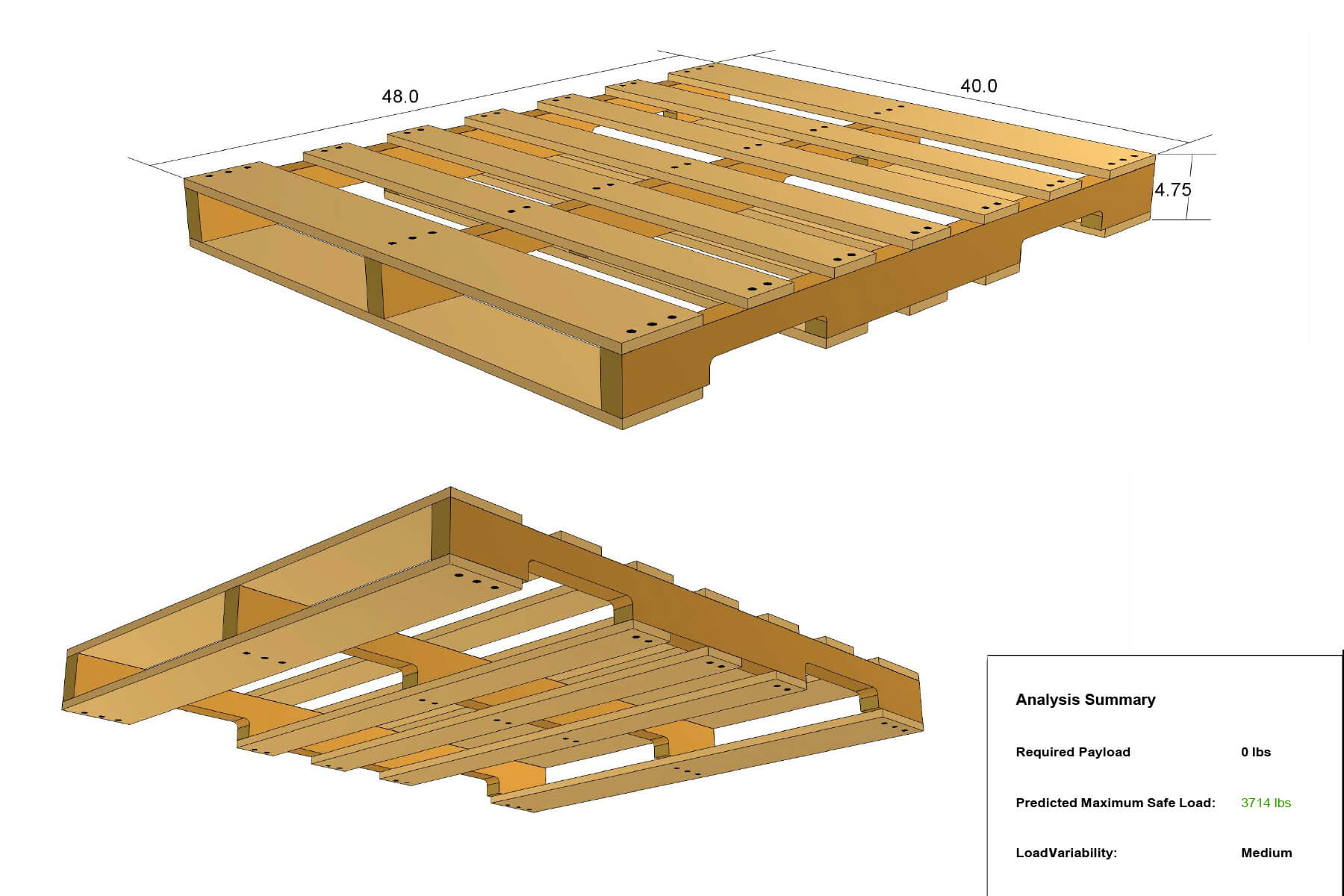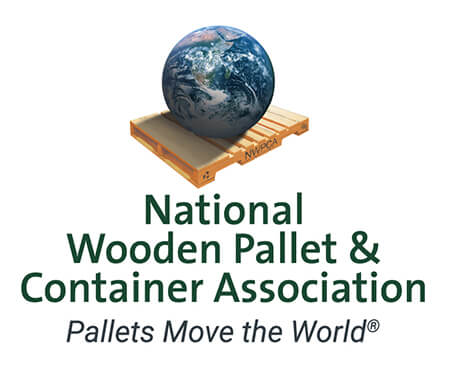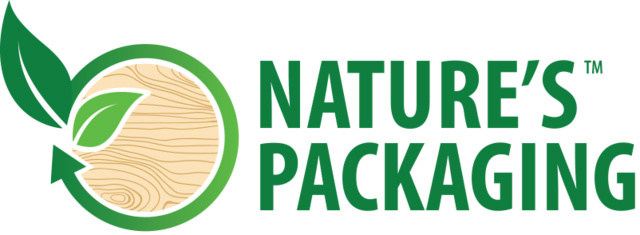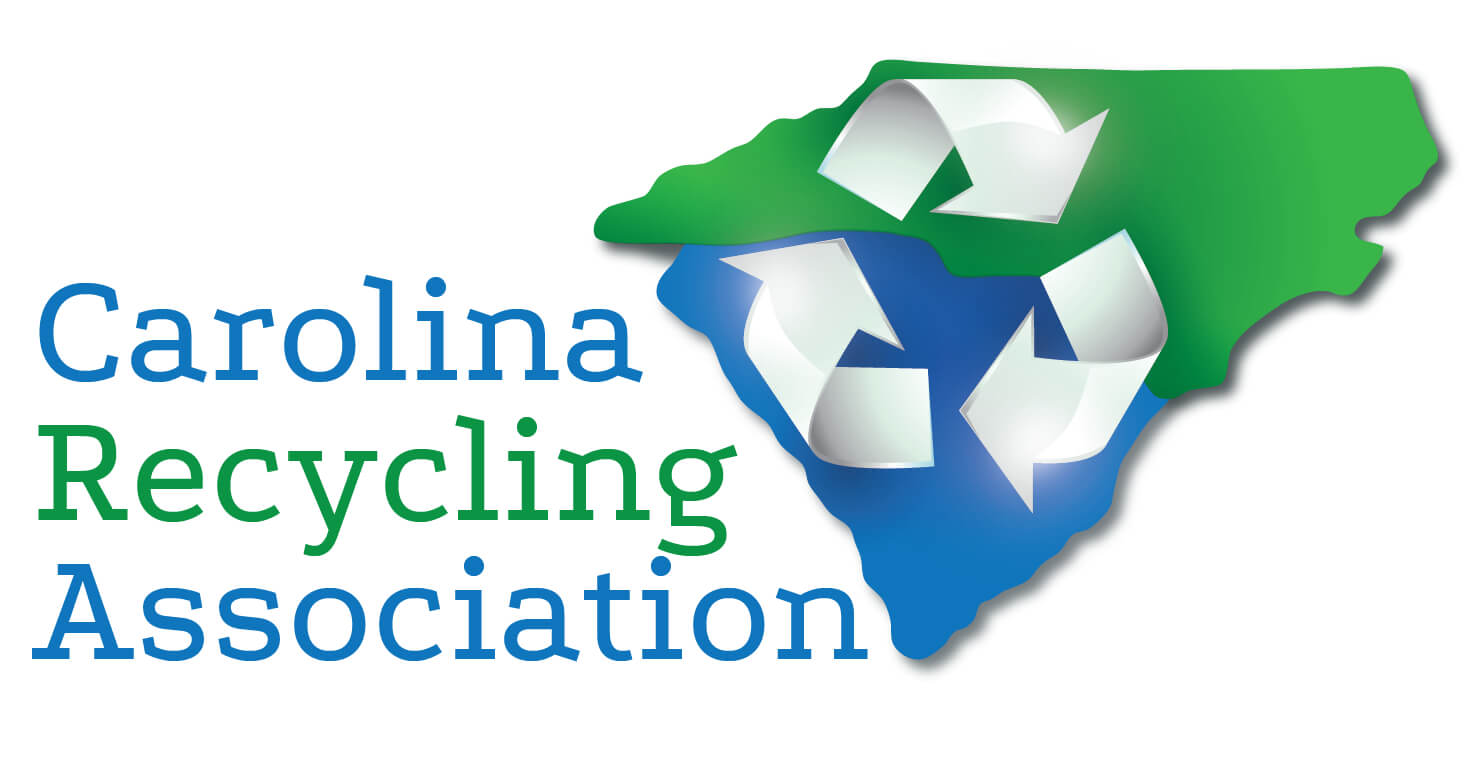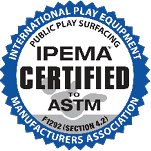Keith Reinstetle is PalletOne’s Vice President of Sales.
Click to read the rest of this series: Part 1 | Part 2 | Part 3 | Part 4
Before you put your legacy pallet spec out to bid or submit a request for quote (RFQ), please read this.
While companies benefit from having a standardized bid process, there are essential nuances particular to pallets that buyers should consider to ensure a successful outcome. Things change over time. Your existing written specification may no longer be optimal due to operational or product changes, and the pallet you are currently receiving might differ significantly from your spec sheet. That’s why verifying your pallet specification is crucial to a successful RFQ.
Once you have qualified the pallet companies to include in your bid, send them your pallet specification and arrange for them to visit each of your locations involved. Checking out the existing specification is the first step in the process for PalletOne, even before we visit your plants. For example, if the written spec is several years old, there is a possibility that the pallet you are getting may have changed over time. There are several reasons for such a divergence. Over the years, informal agreements between the pallet supplier and a particular plant may take place to reduce cost or improve performance. Or it may be that the pallet supplier has arbitrarily altered the spec to cut costs. That’s why visiting plants is so crucial.
Site visits can provide crucial insights to the pallet supplier. There are often challenges unique to specific facilities, which will be significant in getting the quote right. At PalletOne, we welcome the opportunity to visit each site and verify the pallet being used. A plant audit may discover you are receiving recycled pallets instead of the specified new ones or softwood rather than hardwood. Accurate information is critical for a successful quote.
PalletOne will look for other opportunities to optimize the pallet specification during the visits. We bring our deep knowledge of lumber markets and pallet design to come up with the best option, which could vary from one plant to another.
Consider this before submitting your RFQ or putting your legacy pallet specification out to bid. Encourage pallet companies to visit all your production sites. PalletOne is more than happy to do this. This step allows bidders to understand the pallet you are currently buying, match it against the written spec, and present alternatives that offer the best value for each location. So don’t just send out an RFQ. Ensure your pallet supplier is fully informed for a successful bid.
In the next installment, we explore the importance of verifying delivery needs. Click here to read part 2

